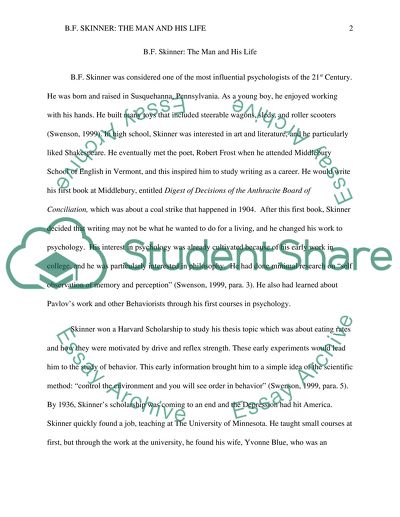Cite this document
(“B F Skinner: The Man and His Life Research Paper”, n.d.)
B F Skinner: The Man and His Life Research Paper. Retrieved from https://studentshare.org/psychology/1451449-b-f-skinner
B F Skinner: The Man and His Life Research Paper. Retrieved from https://studentshare.org/psychology/1451449-b-f-skinner
(B F Skinner: The Man and His Life Research Paper)
B F Skinner: The Man and His Life Research Paper. https://studentshare.org/psychology/1451449-b-f-skinner.
B F Skinner: The Man and His Life Research Paper. https://studentshare.org/psychology/1451449-b-f-skinner.
“B F Skinner: The Man and His Life Research Paper”, n.d. https://studentshare.org/psychology/1451449-b-f-skinner.


